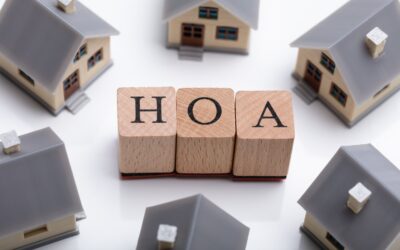Effective communication between HOA boards and residents creates a harmonious and well-managed community. Clear and consistent communication helps avoid misunderstandings, supports smooth operations, and builds a positive relationship. HOA boards can benefit from improved communication strategies to better serve their residents.
Here are some practical ways to achieve this.
Use Multiple Communication Channels
Relying on one communication method can leave many residents out of the loop. HOA boards should use various platforms like email, text notifications, social media groups, and community websites. Many HOA management services in San Antonio and Austin offer digital tools that can centralize these platforms, making it easier for boards to reach all residents.
Regular Meetings and Open Forums
Scheduling regular HOA meetings is a great way to open communication between the board and residents. Meetings should have a clear agenda and allow residents to voice concerns or ask questions. HOA management services often assist with organizing these meetings and may provide facilitators.
Open in-person or virtual forums can also increase participation by offering an informal setting for residents to share their thoughts. Holding these forums quarterly or twice a year can strengthen relationships and address issues early.
Transparent Decision-Making
When board decisions are transparent, communication and trust grow stronger. Share information with residents about decision-making and HOA fee allocation. HOA services in Austin and San Antonio often help boards publish financial reports, meeting minutes, and policy updates. Making this information easily accessible prevents misunderstandings and keeps residents involved.
Create a Feedback System
Setting up an anonymous online form, suggestion box, or dedicated email address where residents can submit questions, concerns, or ideas encourages open dialogue. Feedback systems allow residents to communicate directly with the board without the pressure of a formal meeting.
Regular Updates and Newsletters
Consistent updates on community projects, rules, and events keep residents informed about the HOA board’s actions. Monthly or quarterly newsletters can cover project updates, upcoming meetings, or policy changes. Community managers often help create clear and concise newsletters with necessary information.
In larger communities, newsletters can include sections on maintenance, social events, or safety concerns. These updates keep residents informed and show that the board is actively working to improve the community.
Personalize Communication
While digital tools make it easier to communicate on a large scale, personalized communication can go a long way in building trust. A welcome packet for new residents, personalized email responses to questions, or even door-to-door visits for main announcements show that the HOA board values the individual members of the community.
Host Informal Events
Sometimes, formal meetings aren’t the best venue for encouraging open communication. Hosting informal community events, such as BBQs or park days, can provide a relaxed environment where board members and residents can get to know each other and discuss concerns more openly. These events promote community bonding and make it easier for residents to approach board members.
Struggling with communication between your HOA board and residents? At PioneerBeck Community Association Management, we offer innovative approaches to improve dialogue and strengthen community ties in Austin and San Antonio. Reach out today to see how we can assist!



